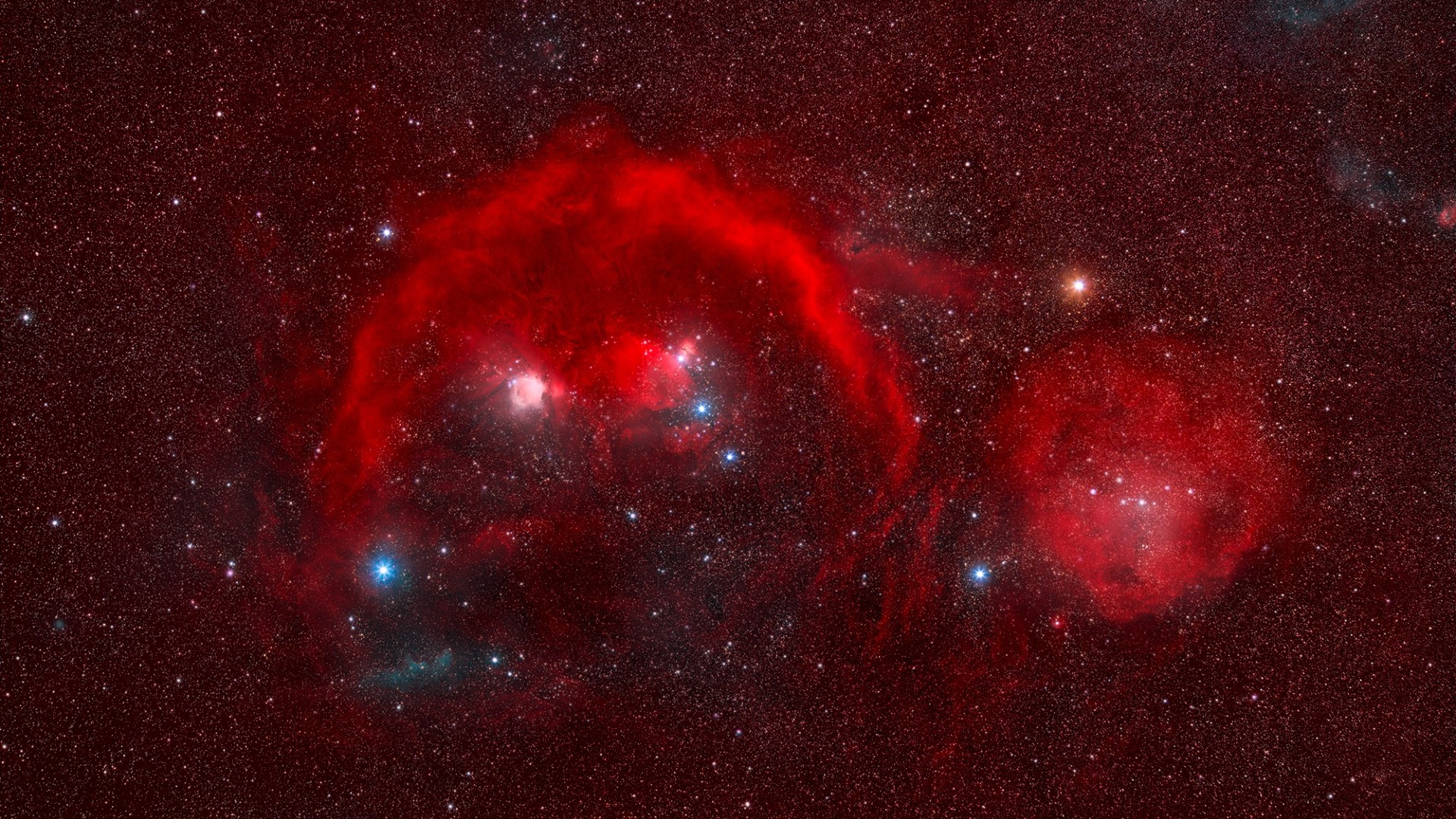Largest sea on Saturn's mysterious moon Titan could be more than 1,000 feet deep

NASA's epic Cassini mission at Saturn is still generating valuable scientific data more than three years after its demise.
Data from one of the spacecraft's last flybys of Titan, a large moon with the precursors of life's chemistry, reveals that a huge lake on the surface called Kraken Mare is more than 1,000 feet ( 300 meters) deep — that's roughly the equivalent of the height of New York City's Chrysler Building. In fact, the lake is so deep that Cassini's radar couldn't probe all the way to the bottom.
Back in 2014, preliminary data from this flyby suggested that Kraken Mare was at least 115 feet (35 meters) deep but extend farther; the newly released results show the lake is nearly 10 times deeper than that early estimate.
Related: Dazzling views show Saturn moon Titan's surface like never before
Understanding the depth and composition of Kraken Mare will gradually reveal more about Titan's mysterious chemistry, dominated by ethane and methane that collects in pools, lakes and rivers on the surface, researchers said. The importance of the lake stems from Kraken Mare's immense size; if placed on Earth, it would cover all five of the Great Lakes of North America.
"Kraken Mare … not only has a great name, but also contains about 80% of the moon's surface liquids," study lead author Valerio Poggiali, a research associate at the Cornell University Center for Astrophysics and Planetary Science, said in a university statement.
While Titan's chemistry is alien compared to Earth's, the moon's geography is reminiscent of swampy or lake-rich regions on our planet. Titan is also the only known moon in our solar system to boast a thick atmosphere — a gaseous nitrogen shroud, compared to Earth's mostly nitrogen-oxygen atmosphere.
Breaking space news, the latest updates on rocket launches, skywatching events and more!
That sets Titan apart from the numerous moons in our solar system with tenuous exospheres or no atmosphere (like Earth's moon) and from the potentially life-friendly "icy moons" where water ice covers an internal ocean — such as on Jupiter's Europa or Saturn's Enceladus, which both spout water through the ice into space.
Data on Kraken Mare was collected during Cassini's 104th flyby of Titan on Aug. 21, 2014, about three years before engineers deliberately threw the aging spacecraft into Saturn to avoid the small chance of accidentally contaminating the moon's surface.
Kraken Mare was just one of the lakes on the mission's survey list for that flyby. Researchers also wanted to look at Ligeia Mare — the site of a mysterious "magic island" that regularly appears and disappears — and a smaller estuary called Moray Sinus, which the researchers estimated to be 280 feet (85 m) deep, about the equivalent of the Statue of Liberty's height. Cassini probed the moon's surface with its radar altimeter from about 600 miles (965 kilometers) away.
Scientists calculated sea depth by figuring out how long it took the radar signal to bounce back from the liquid surface and from the sea bottom, comparing the difference between these depths and taking into account the composition of the lakes' liquid, which absorbs some of the radar signal's energy.
The composition of Kraken Mare surprised scientists, along with its depth. It contains a mix of methane and ethane, which differed from previous models suggesting ethane would prevail due to the lake's size and geographical position farther from the moon's poles. The unexpected chemistry in the lake could help scientists better understand the precipitation cycle on Titan, according to the researchers.
Scientists also hope to figure out from where the liquid methane on Titan originates. Titan receives about 100 times less energy from the sun than Earth, given it is roughly 10 times farther away.
With the feeble sunlight available, Titan converts methane in its atmosphere to ethane, but current models suggest that the moon should cycle through all of the methane on its surface in only 10 million years, a small fraction of the 4.5-billion-year lifetime of our solar system.
Engineers are working on a submarine concept that, if funded and approved by NASA, could launch in the 2030s to plumb Titan's lakes. Poggiali said the newly analyzed data from Cassini could help engineers "better calibrate the sonar aboard the vessel and understand the sea's directional flows."
A study based on the research was published in December, in the Journal of Geophysical Research: Planets.
Follow Elizabeth Howell on Twitter @howellspace. Follow us on Twitter @Spacedotcom and on Facebook.
Join our Space Forums to keep talking space on the latest missions, night sky and more! And if you have a news tip, correction or comment, let us know at: community@space.com.

Elizabeth Howell (she/her), Ph.D., was a staff writer in the spaceflight channel between 2022 and 2024 specializing in Canadian space news. She was contributing writer for Space.com for 10 years from 2012 to 2024. Elizabeth's reporting includes multiple exclusives with the White House, leading world coverage about a lost-and-found space tomato on the International Space Station, witnessing five human spaceflight launches on two continents, flying parabolic, working inside a spacesuit, and participating in a simulated Mars mission. Her latest book, "Why Am I Taller?" (ECW Press, 2022) is co-written with astronaut Dave Williams.
